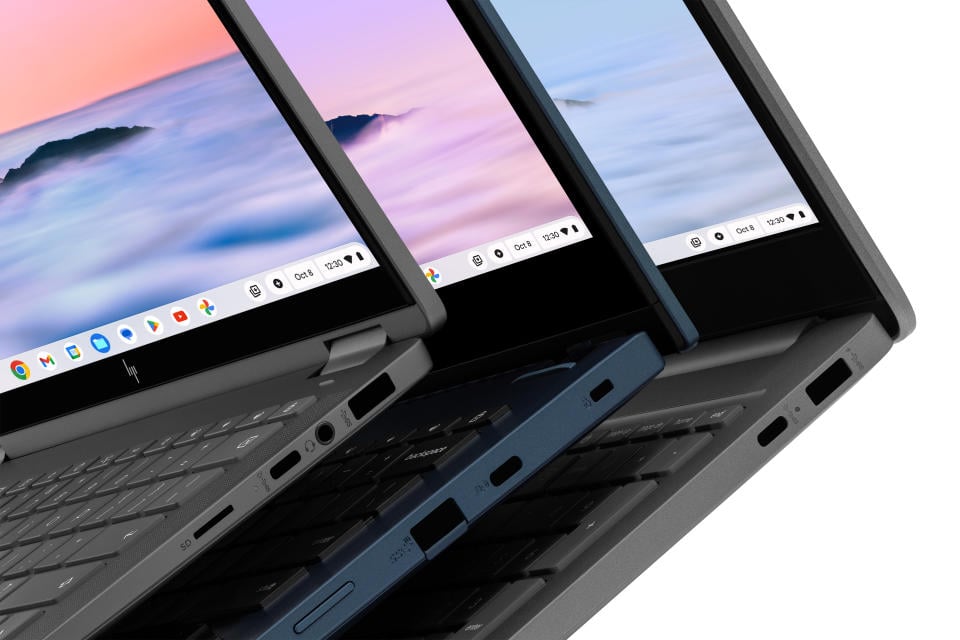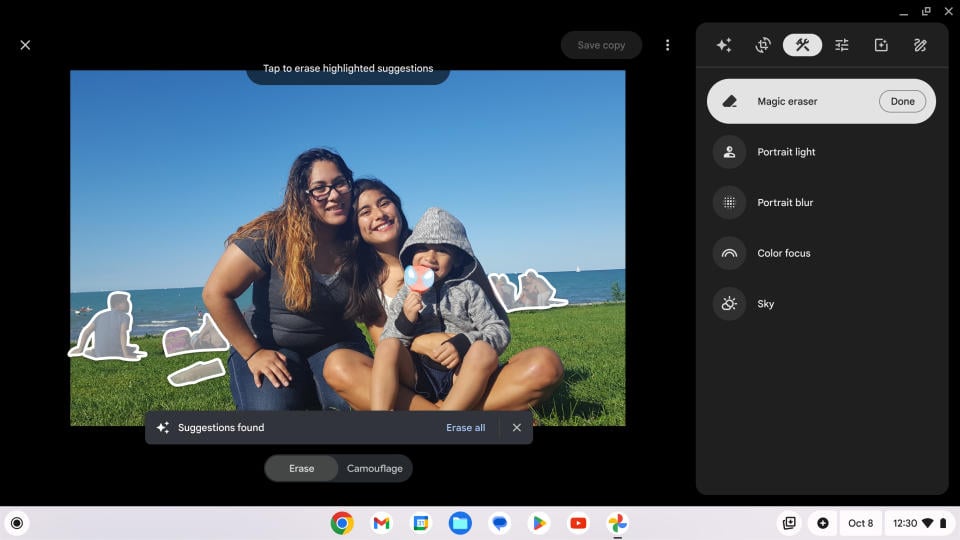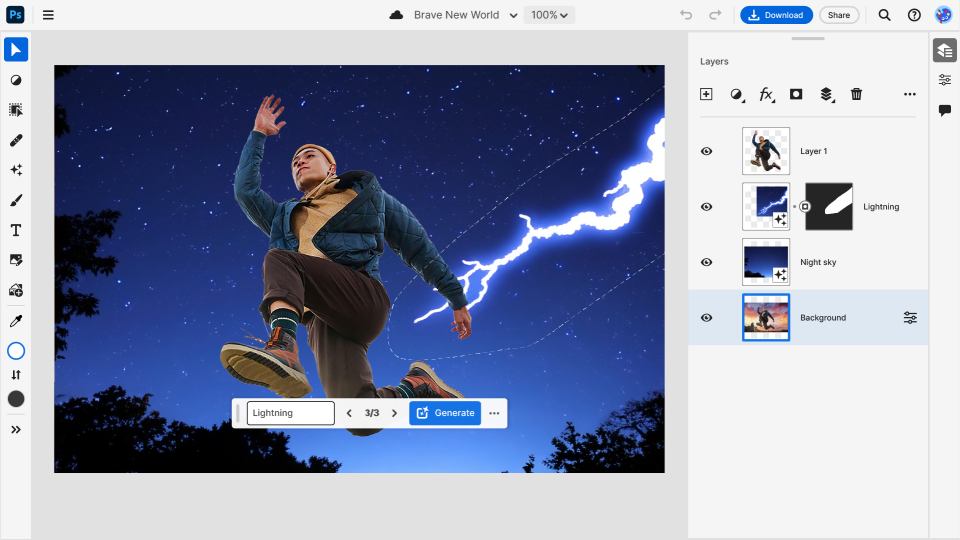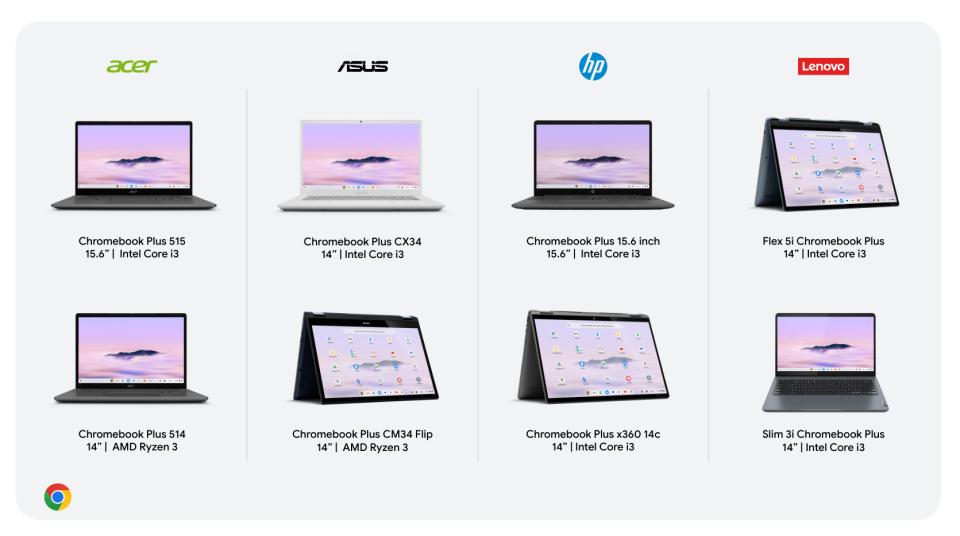Google’s pitch for Chromebooks has been pretty straightforward for a while now. They are hassle-free laptops, with easy setup, fast boot times, and an easy software update process. They are also safe from viruses and malware, and Google recently .
The hardware side is not so simple. Chromebooks started out as cheap computers intended primarily for web browsing, but both Chrome OS and laptops have become much more advanced since then. There are still plenty of budget models out there, many with questionable specs or build quality; There are also many “premium” Chromebooks with powerful internal components, high-end displays, and excellent industrial design.
Then there’s a middle ground: utilitarian but well-designed laptops with hardware powerful enough for most users that won’t break the bank. Over the past few years, I’ve struggled to find that sweet spot, but today Google is announcing the Chromebook Plus initiative to make it easier.
Basically, Chromebook Plus devices have a guaranteed set of specifications to ensure a consistent, quality experience. That means each Chromebook Plus has an Intel Core or AMD Ryzen (7000 series) processor, at least 8GB of RAM, and 128GB of storage. A full 1080p IPS display and a 1080p webcam also come standard.

Google and four OEM partners today announce a total of eight Chromebook Plus models: two from HP, two from Acer, two from ASUS, and two from Lenovo. With the exception of two 15.6-inch models from Acer and HP, all of these devices will feature 14-inch displays, making them solid and versatile options for most people. And while the “Plus” name might imply we’re talking strictly about premium hardware, like HP’s $999 Dragonfly Pro Chromebook, these devices start at $399. That’s not the cheapest price we’ve seen for a Chromebook, but quality can be hit or miss below that price, but with the Plus initiative, buyers are expected to be much more confident in what they’re buying.
Chromebook Plus devices will also have access to a number of software tricks, including a Material You layout, dynamic wallpapers, and Google Photos. Some of the ai-based tricks Google uses to improve calls on Meet will also work on other video calling platforms. Specifically, you’ll be able to use the automatic “lighting enhancement” and “noise cancellation” features in Meet, as well as Zoom and Microsoft Teams.


There’s also a new file sync feature that will automatically keep Google Drive files available locally when you’re offline. Google says this is partly due to the minimum 128GB of storage available on Chromebook Plus models, but it’s unclear how the system will decide what to download or how much space to use. But expanding offline utilities for Chromebooks should help. Google says that all of the software improvements it announced as part of Chromebook Plus will also soon come to all Chromebooks that meet these minimum specifications.


Google is also smartly partnering with Adobe, who just announced Photoshop for the web last week. While the company acknowledges that it’s a “streamlined” app for the web, it still represents the first time Chromebook users will get a taste of the Photoshp experience. (It’s worth noting that existing Photoshop customers get access to Photoshop on the web as part of their subscription.)
Adobe and Google are offering Chromebook Plus buyers a three-month trial of Photoshop on the web, along with an authoring tool that lets them quickly create elements like animations, logos, brochures, etc. Express users use Adobe’s Firefly generative ai models, and Chromebook Plus owners will be able to try them out as well.
Google also teased a series of ai-powered software improvements coming to Chromebook Plus laptops next year. One is a text composer that understands the context of the tool you’re using, whether it’s YouTube video descriptions or short comments on social media. There will also be generative image ai that will allow you to create custom wallpapers for your Chromebook with text prompts. Likewise, you can also generate image backgrounds for when you are on video calls.
The initial eight Chromebook Plus models will launch on October 8. Lenovo will offer two Intel-powered 14-inch models, the IdeaPad Slim 3i and IdeaPad Flex 5i for $550 and $500, respectively. Acer has a 14-inch Chromebook Plus 514 with a Ryzen 3 or Ryzen 5 processor and the 15.6-inch Chromebook Plus 515, with an Intel Core i3, i5, or i7 processor. Both models are priced at $400.


HP also has a 15.6-inch model with an Intel Core i3 processor for $600 and the 14-inch Chromebook Plus x360 with a 360-degree hinge and up to a Core i5 processor for $750. Finally, the ASUS Chromebook Plus CX3402 includes up to an Intel Core i5 processor and a 14-inch screen, while the Chromebook Plus CM34 Flip has a 360-degree hinge and a more rugged design. (ASUS did not provide pricing for these models at the time of publication.) Obviously, there are a lot of smaller details that set all of these devices apart, and we’ll be eager to get our hands on them soon so we can see what this is all about. everything translates in terms of the end user experience. But if Google can standardize solid specs across a broader price range, it will be much easier for people who want to give Chromebooks a try.






